
Argon 18 are a Montreal-based bike manufacturer that has had plenty of success in road, track and triathlon competition. In 2018 they launched their Dark Matter gravel bike and it has since received a minor update this year, mostly in the form of more bosses for bikepacking. It's not just a bike for bikepacking, Argon says that the Dark Matter is also capable of gravel racing with the best gravel bikes.
I rode the Argon 18 Dark Matter at the FNLD GRVL event earlier in the month, a 177km gravel race that took place in Lahti, Finland. The course was very high-paced and a real test of the Dark Matter’s performance.
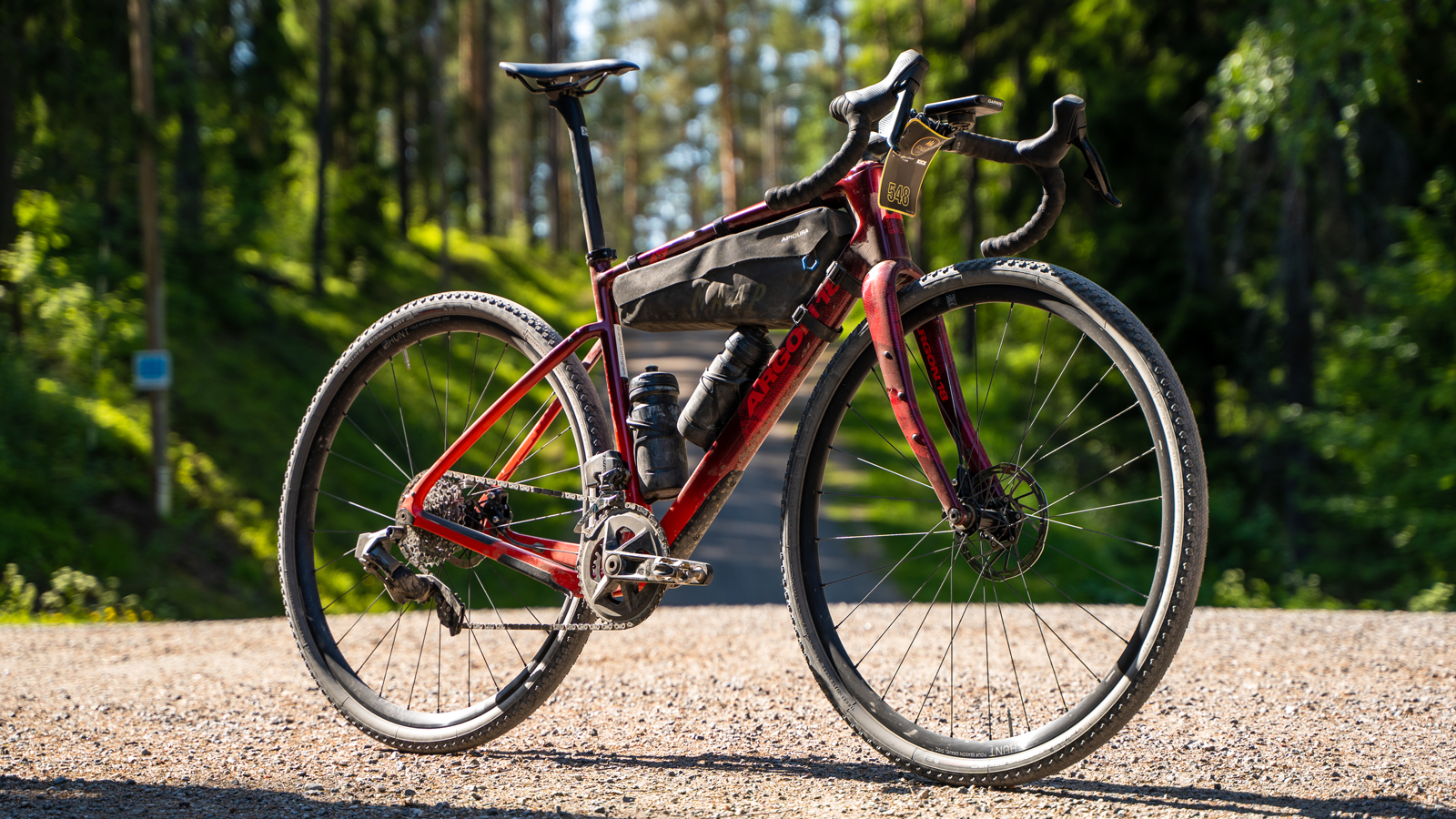
Design and geometry
Argon 18 has given the Dark Matter a stout, angular frame shape, although your eyes were probably immediately drawn to the unusually shaped, forward-racking fork. Argon 18 says that the optimized frame topology and carbon layup make up their Topological Compliance System (TPS) to offer compliance and lateral stiffness. The frames dropped seatstays and a dropped drive-side chainstay offer up enough clearance for a 45mm tire.
There is a removable front derailleur mount to give the option of a 1X or 2X setup and the frame is peppered with bosses to mount bikepacking gear including triple bosses on the fork legs, top tube bag bosses, and a selection within the main triangle. There are no bosses under the downtube, instead, the Dark Matter has some frame protection to deflect rocks kicked up from the front wheel. There are also full pannier mounts as well should you need them.
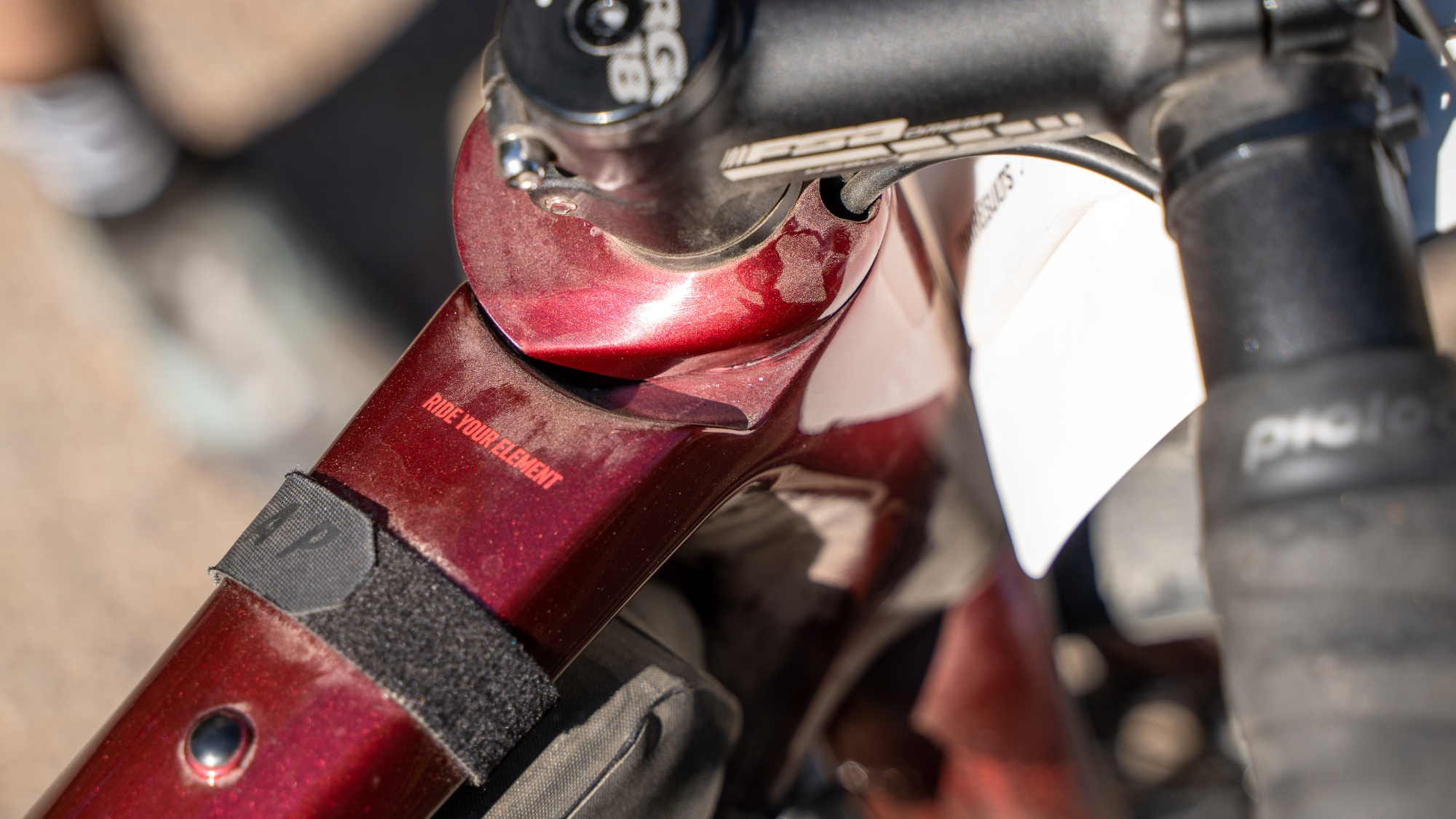
Argon 18 has designed a unique fitting system that allows riders to change the stack height of the bike without resorting to spacers. The fully integrated 3D+ system is featured across Argon 18’s other endurance and all-road frames, using interchangeable sections to extend the headtube by 25mm with a cleaner aesthetic. The cable routing routes into the frame through the 3D+ top section cap, although it leaves a neat finish, it will complicate switching between the different stack heights.
The Dark Matter comes in XXS to XL sizing and has size-specific geometry across the sizes. My small test bikes geometry doesn’t rock the boat with a 71.5-degree head angle, 74.3-degree seat angle, and a 535mm top tube. Out back there is a 428mm chainstay and the bottom bracket drop is a standard 70mm.
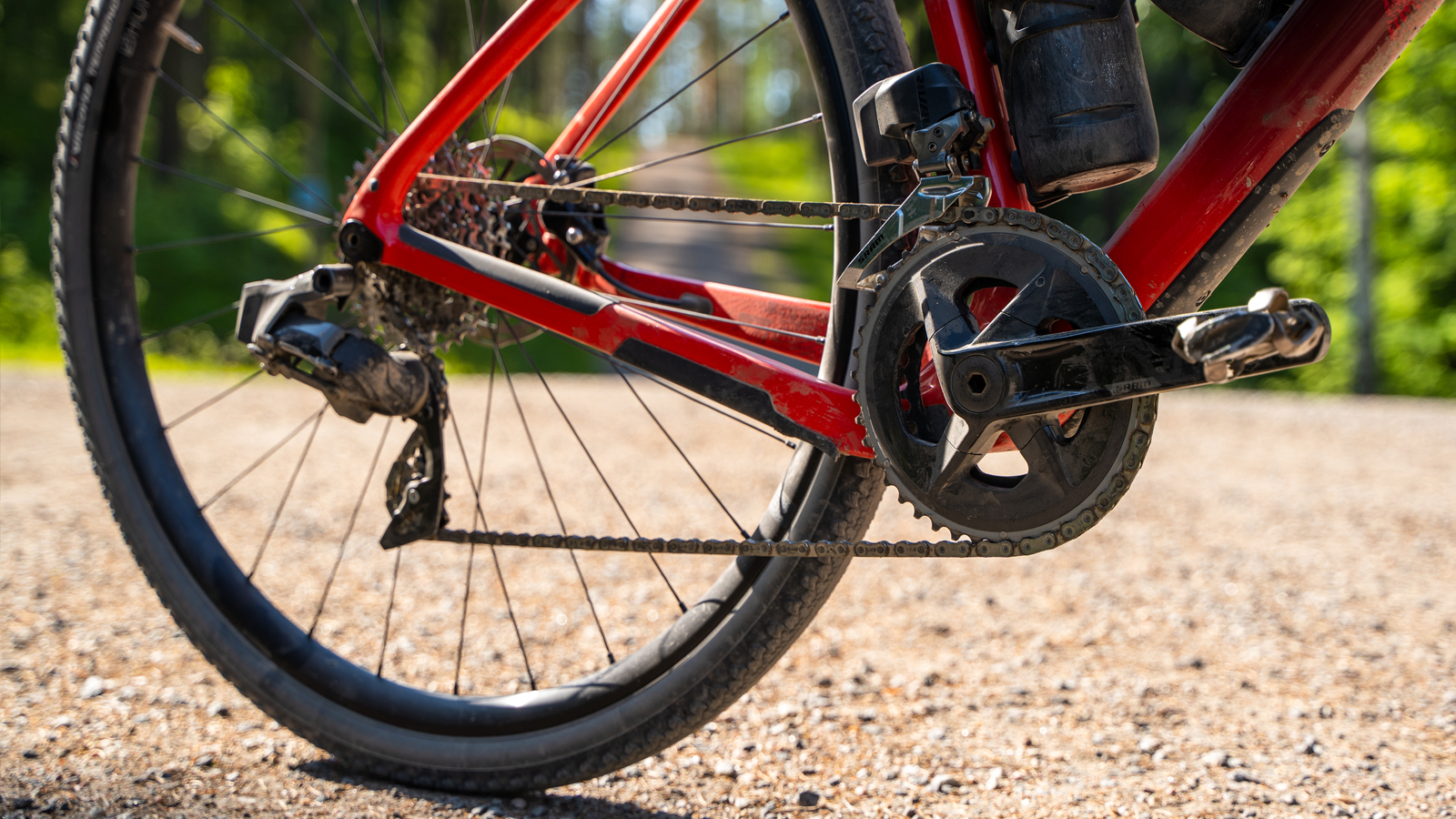
Components and build
My bike was equipped with SRAM’s Rival AXS groupset with a double (43t/30t chainrings) and a 12-speed 10-36t cassette at the rear. The brakes were also from SRAM and used 160mm front and 140mm rear SRAM Paceline rotors. For my hillier and more technical home gravel, I would prefer to see a 160mm at the rear, however, the 140mm was plenty for the event.
The cockpit was from FSA and combined an NS Adventure Compact 42cm handlebar with an OS-167 Omega Pro 90mm stem. The Argon 18 TDS seatpost has a reversible saddle clamp with a 15mm or 25mm setback and is topped with Repente Quasar saddle.
The bike rolls on Hunt 4Season gravel bike wheels which are tubeless-ready and have a 21mm internal rim width which Hunt says is suitable to mount tires between 30mm to 42mm. Argon 18 has specced Vittoria Terreno Dry 38mm tires which are a personal favorite due to quick rolling characteristics and impressive grip on dry hard-packed surfaces.
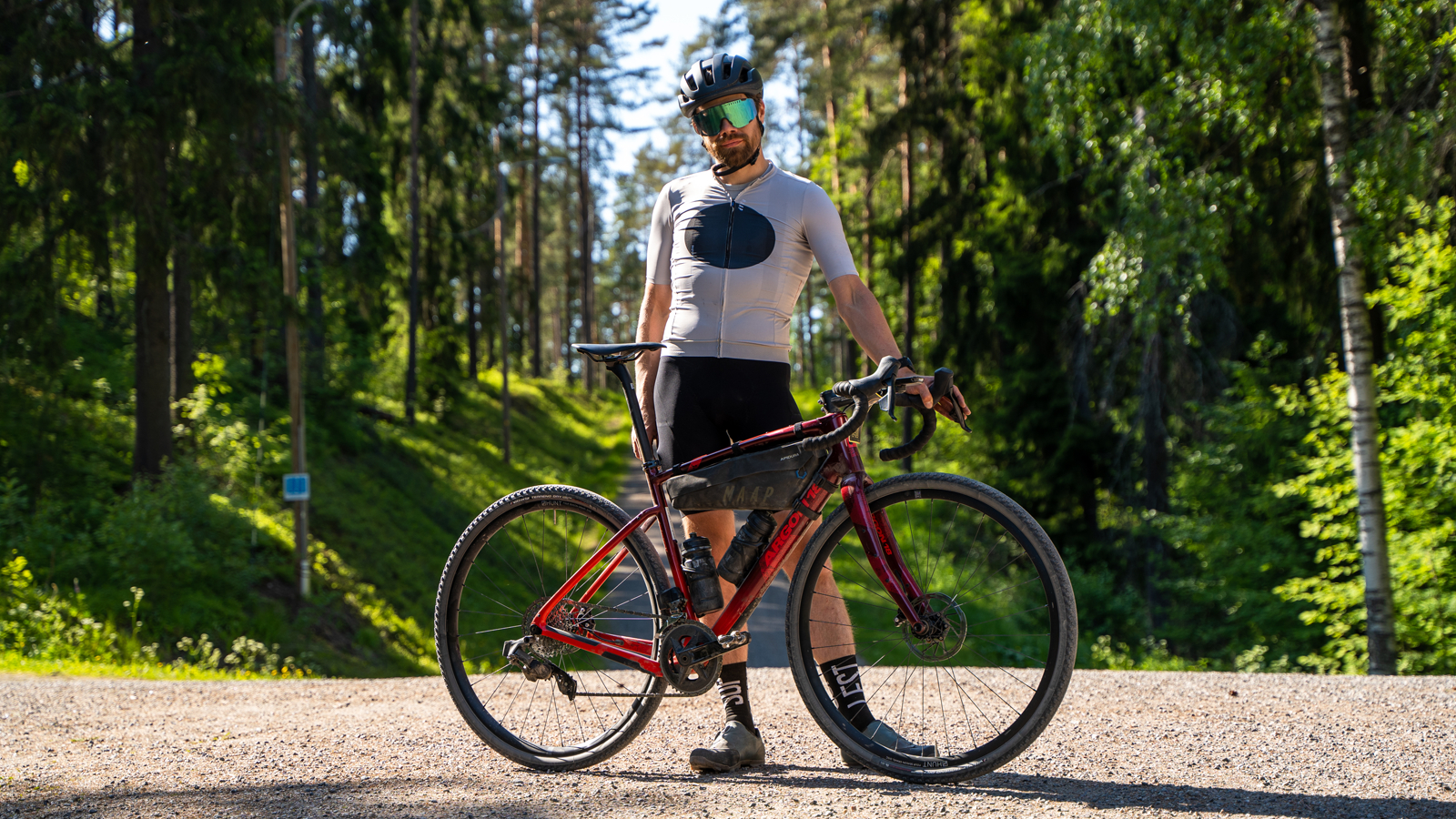
Ride, handling and performance
I was somewhat in between sizes and could have ridden either a 51-53 or 54-56 size, I opted to size down for a lower stack number as I have long legs, a short torso, and can handle a low stack height so the more aggressive position was well-suited to the high-intensity racing. This is also where the 3D+ fit system has its advantages giving the option to raise the stack by up to 25mm without having to resort to a positive rise stem or spacers. However, it will reduce the reach numbers so if I wanted a higher stack I would either need a longer stem or opt for a larger size.
I didn’t have much time to set up the bike before race day, but despite throwing a set of pedals on, hasty minor adjustments, and a 2km shake-down ride from the hotel to the start line I found the Dark Matter comfortable. The frameset couldn’t hide behind cushy tire pressures either as my bike was set up with tubes and the alloy bar, stem, and seatpost are most likely pretty stiff as well. The ride was still smooth enough with the Dark Matter doing a decent job of taking the edge off vibrations on the course. I wouldn’t say it's as comfortable as the likes of the Canyon Grizl and Canyon Grail fitted with a VCSL post or Basso’s Palta 2, however, it's hard to make a fair comparison from my short time on the Dark Matter.
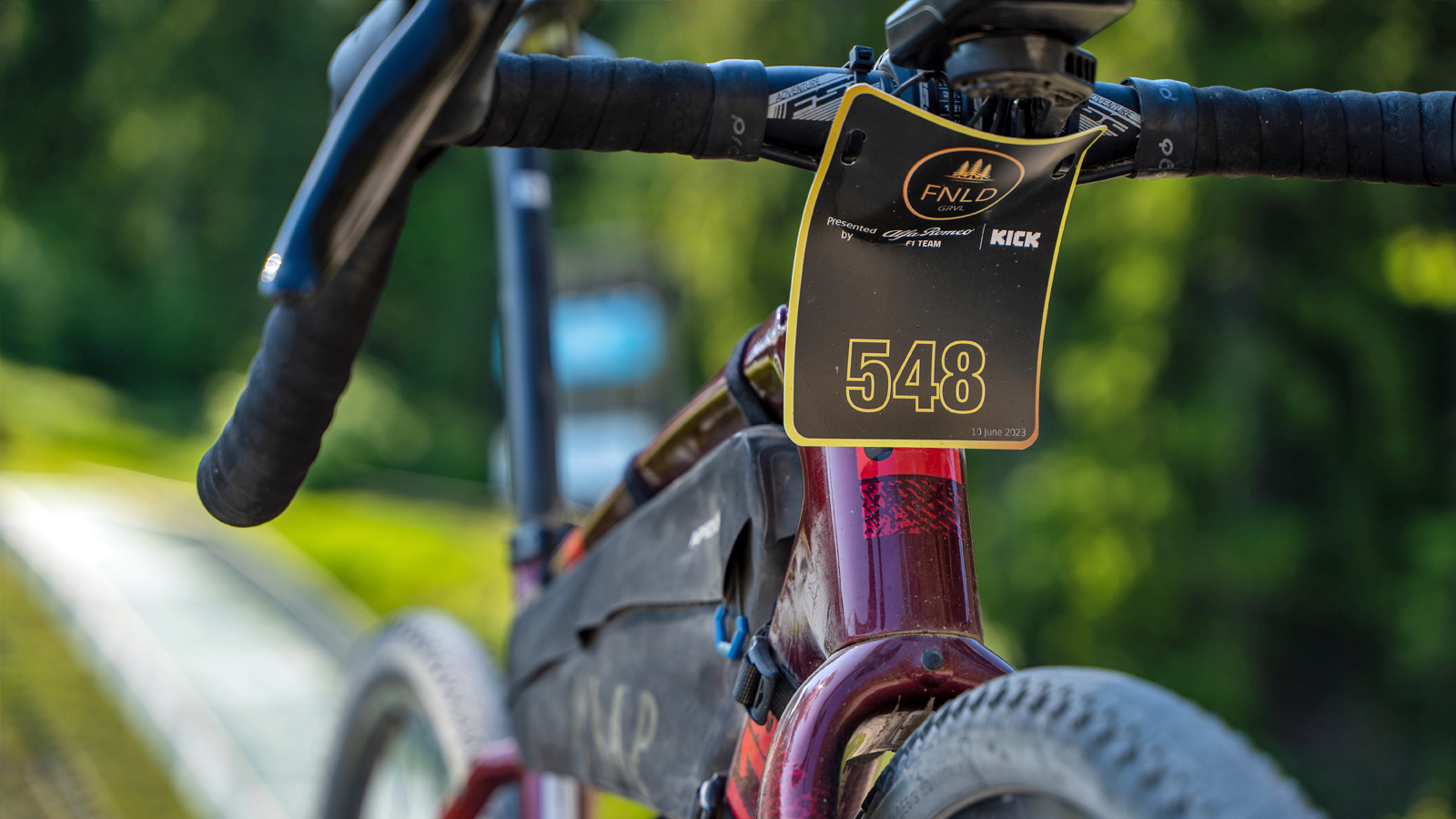
The handling is superb and I immediately felt comfortable railing the Dark Matter through the technical high-speed bends that made up the first 20km of the race. My position put a little more weight over the front which helped with traction and gave the Dark Matter an exact handling characteristic. I would expect it to become a little more nervous on steeper rougher terrain although that would most likely be due to my low front end rather than the bike's capabilities.
It's reasonably snappy under acceleration too, changes of speed were welcomed when trying to close gaps or kick up short inclines. The surface was loose and I was hampered as the hard tires would struggle for grip, however, the Dark Matter was happy to get into a rhythm to crest climbs with little fuss too.
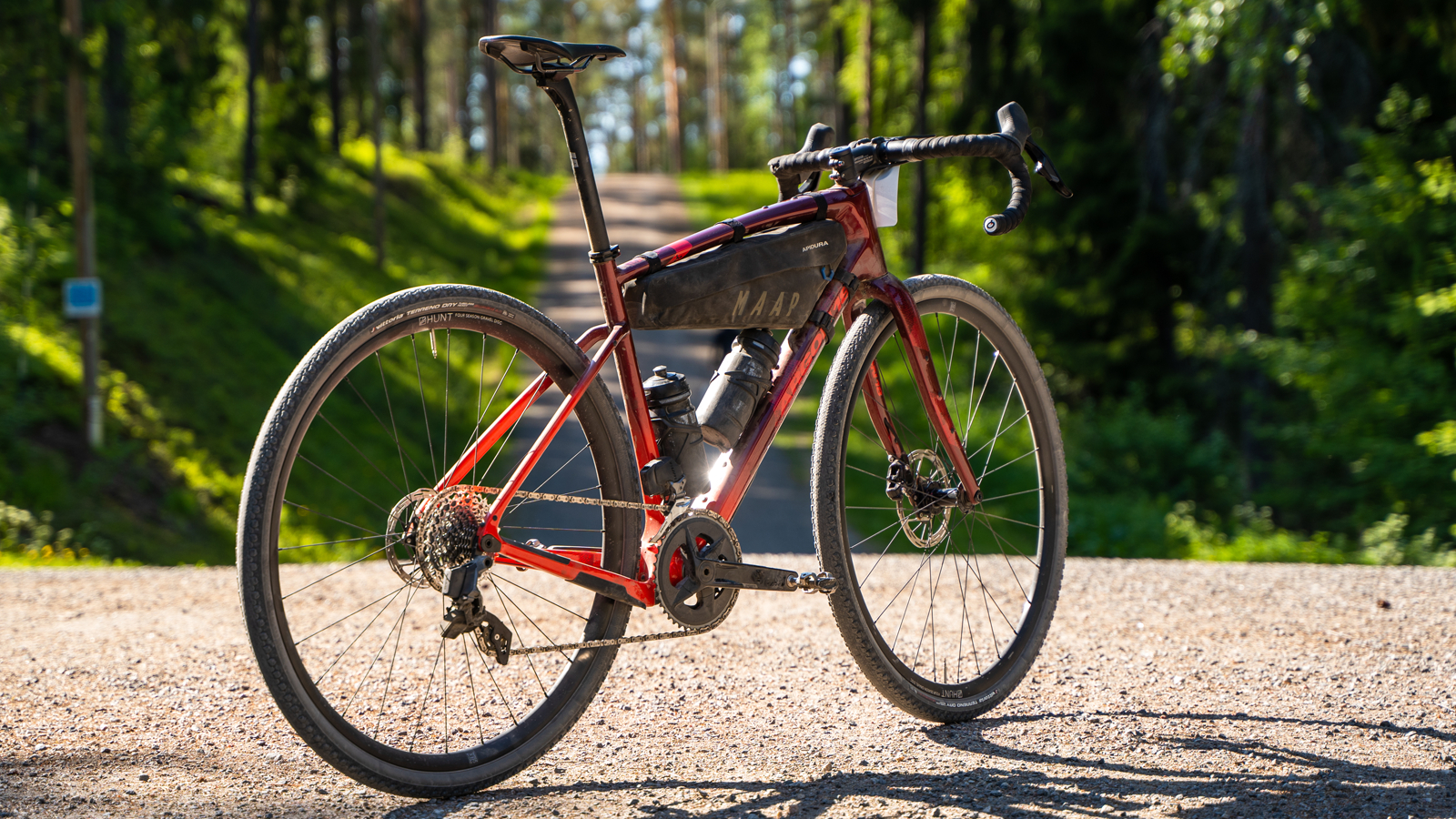
Early verdict
My high-intensity 177km testing time aboard the Dark Matter was a baptism of fire for both myself and the bike, but we made it across the line relatively unscathed. The Dark Matter was very easy to get comfortable on and I didn’t feel like it was holding me back throughout the day of riding. Limited setup and pre-race ride time meant I wasn’t able to leverage the Dark Matter’s full potential but despite this, it was still a fun and engaging bike to ride.
I opted for a smaller frame size for a more aggressive position but was on the upper limit of fit on that bike. Oher riders looking for a racey low position will run into similar fit difficulties due to the high standard stack height even in the lowest position. On the flipside, the direct frame and stiff components will have bikepackers looking for ways to add a little more compliance off-road.
Test conditions
- Terrain: Fire road (from loose to compact), road
- Conditions: Bone dry
- Temperatures: 75 to 86 F (24 to 30 C)
Tech specs: Argon 18 Dark Matter gravel bike
- Price: $4,650 / £4,500 / €TBC
- Frame: Carbon
- Size: Small (tested)
- Sizes available: 2XS to XL
- Weight: TBC
- Groupset: SRAM Rival eTap AXS
- Crankset: SRAM Rival 43/30
- Cassette: SRAM Rival, 10-36T
- Wheels: Hunt 4Season Gravel
- Tires: Vittoria Terreno Dry 38mm
- Brakes: SRAM Rival eTAP with Paceline rotors
- Bar/stem: FSA NS Adventure Compact 42mm, FSA Omega Pro 90mm
- Seatpost: Argon 18 TDS
- Saddle: Repente Quasar
- Colors: Wild Olive Gloss or Inferno Red Gloss







